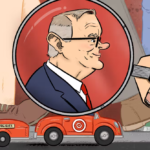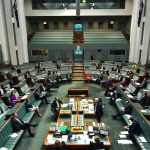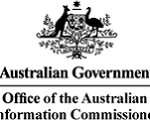Keeping your head amid COVID-19
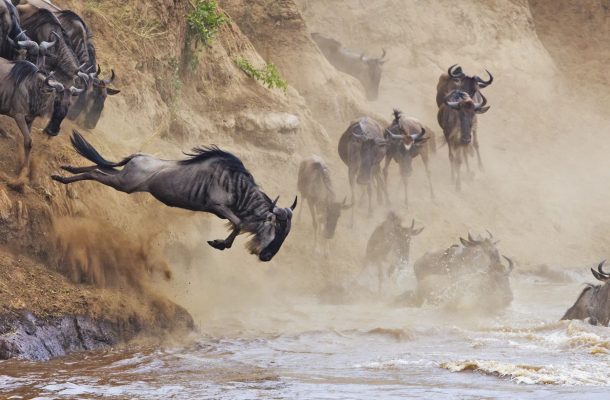
In the context of COVID-19, the hoarding of toilet paper in Australia is a classic example of panicked and chaotic thinking.
It may be an instinctive reaction to needing to do something in response to the coronavirus outbreak, but it’s really profoundly irrational.
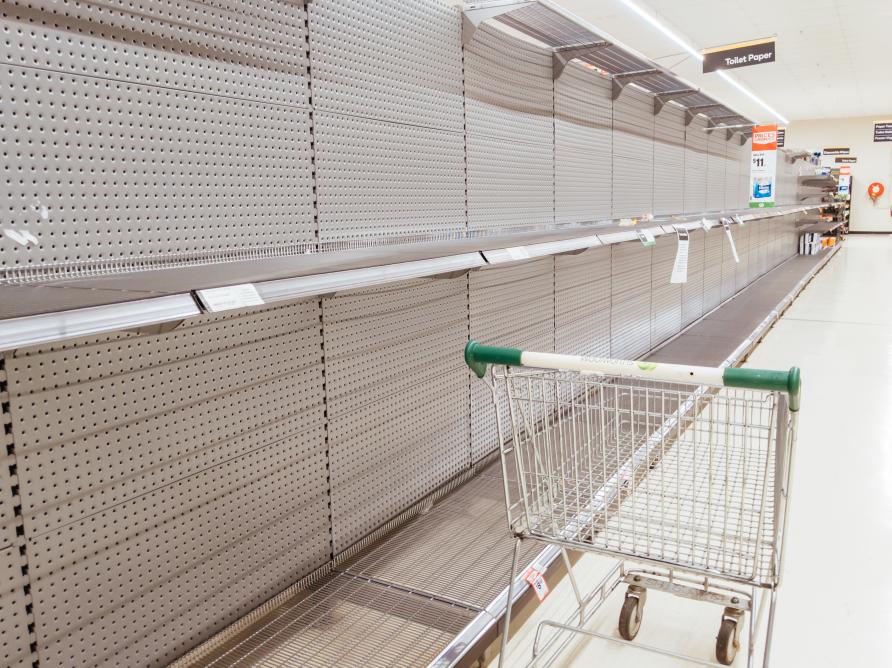
Hoarding may be an instinctive reaction to a crisis, but it’s profoundly irrational.
At a time of crisis, like now, we need to ensure that we are thinking clearly and adapt our decision making to the crisis, rather than attempt to ignore it, or catastrophise it. This applies equally whether you are leading a business or organisation, helping your family and friends or simply looking after yourself.
A good example of adaptive thinking is the decision by the organisers of the Eurovision Song Contest to consider alternative programming so that we can at least enjoy and share the music, even though the contest itself is cancelled.
One way to adapt our thinking is to follow a simple model of decision-making.
When faced with a suddenly changed environment or crisis, people ordinarily fall into one of three categories in terms how they deal with the need to change:
- Stabilisers who prefer to keep to the status quo as far as possible and minimise any change.
- Adaptors who prefer incremental or steady change without big swings in behaviour.
- Innovators who embrace situations of rapid or unprecedented change.
Research has shown that people usually fit comfortably into one of the three categories.
But for all three categories, adapting to COVID-19 will be a challenge because it is an especially rapid change and in many respects it demands people to stop their normal behaviour. This will be disconcerting for everyone, regardless of their preferred mode of change.
So, what is a rational response to the COVID-19 crisis? Below is an eight part outline of a decision and action model and how it can be applied to the current pandemic. It invokes a cycle through the process factors and support factors to deal with the immediate threat, and the longer term way out.

Eurovision may be cancelled this year, but the organisers are adapting with plans for the show to go on in a different format. Above, Duncan Laurence from The Netherlands wins last year’s competition.
The first three parts of the model are support factors. These are:
- Managing negative emotions – channelling our emotional responses to a crisis into constructive actions that are meaningful and adaptive, and involve us putting our energies into plans for possible futures.
- Social support – tapping into those around you both for practical support in terms of expertise and advice, but also moral support.
- Inner drive – sustaining the self-motivation to drive yourself and others towards anticipated outcomes.
The key is frequently and strongly invoking these three behaviours as a way to maintain a positive eustress response.
Positive stress, or eustress, motivates us rather than causing us anxiety. It continually percolates in the background and helps us to see what is coming at us as a challenge that can be overcome. It helps us to respond in an adaptive manner rather than being distressed or overwhelmed.
With these support factors established, the model requires that we survey the immediate environment and:
- maintain a high level of openness to opportunities to change or consider changes, asking ourselves what can reasonably be done to adapt?
- use this information to guide our imagination and visualisation of possibilities. This is important for thinking of future alternative pathways, that lead into….
- plan for a way forward, and not just one way forward but alternatives too,
- and finally decide what closure or success, looks like so that we know when we will have met the end of the crisis.
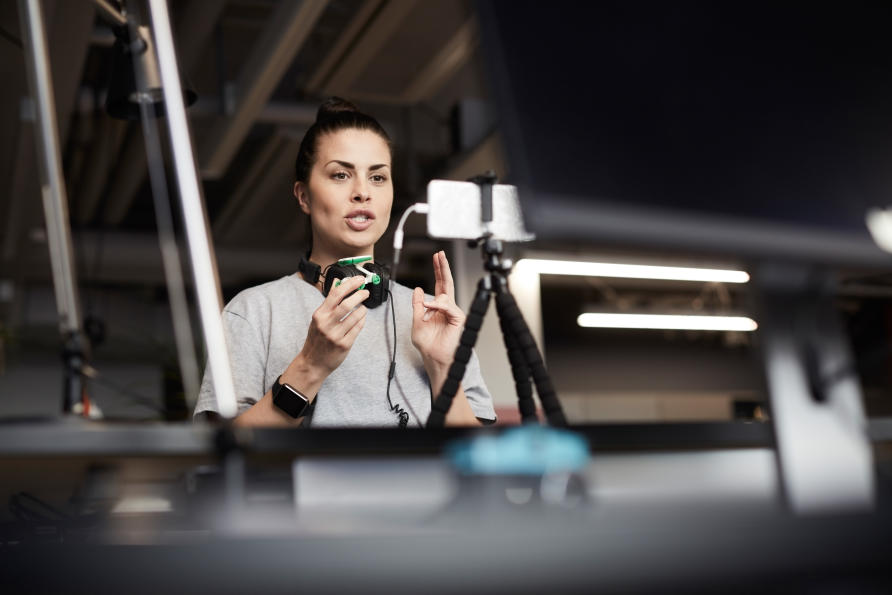
Positive stress, or eustress, helps keeps us motivated.
By applying these eight factors carefully and systematically to our decision making we can avoid being left adrift by fast-changing circumstance, with little control over our own outcomes and futures.
However, it is important to note that in the background of our decision making are events and circumstances over which we may have little or no control. These events and circumstances simultaneously occur on three levels:
At the macro level, governments are making policy and providing leadership where possible.
However, in a constantly changing environment is almost impossible to bring about immediate change to problems that will require macro level systemic interventions that will take a lot of time. But we can apply the same eight adaptive factors or steps to our reaction to what, for example, governments do.
At the local level we should work to ensure that we preserve the lives, security and safety of those around us. We certainly have more control over this than macros issues, and can again apply the eight factors to our approach to managing ourselves and others at the local level.
Finally, at the personal level we certainly do have a much higher level of control and indeed an obligation to take responsibility for our action or inaction.
We can, in our own lives exemplify self-regulated behaviour that is future focused, planned in approach, and positive (or, at least manage our negative emotions), both for ourselves and for the sake of those around us.
Finally, and importantly the events happen in time.
During times of rapid change, the tendency is to invoke plans that are short-term (how will I get my toilet paper?) and focus on the negative (“I am so angry at losing most of my shifts at work”) and these feelings can become distressing.

Individually we can regulate our own behaviour, focus on the future, and stay positive.
So, while planning and managing the immediate it is really important to begin to plan longer term and towards closure. Closure is when you know the threat has passed and things may return to, or become a new, normal.
It needs to be seen as an opportunity to be made, visualised and imagined, planned for and celebrated when achieved. Doing this liberates us from over-focusing on the difficulties, discomfort and strange behaviours of the immediate.
So, it is important to ask, “How am I responding to COVID-19?” If you see the change as a challenge and you attempt to meet the challenge, it will be possible to learn more about yourself and improve your own circumstances and the circumstance of those around you in a way that is thoughtful and prepared.
Sometimes we have to realise there is only one, very uncomfortable way forward. Ironically, this is usually when people in my experience draw on their deep inner strength and the strength of those supporting them.
It is when we become most human, most generous and most helpful, especially if there is a common consensus on the way forward.
Of course, no model or recommendations will ensure that decisions and actions are always successful but following a model like this can ensure reasoned thinking and maximise the chances of you making the right decisions.
Ultimately, you will come away from this experience having met some of the challenges in a thoughtful and beneficial way.
You will know more about yourself and the world around you and, in the case of the emergencies like the COVID-19, had the opportunity to care for and reach out to others as you may not have done before, albeit from a safe distance.
This article was published by Pursuit.
Terry Bowles is an Associate Professor at the University of Melbourne’s Graduate School of Education. His research interests include motivation, relationships, communication and achievement, including change management, adaptive functioning, equity and affect responses, and talent development.








